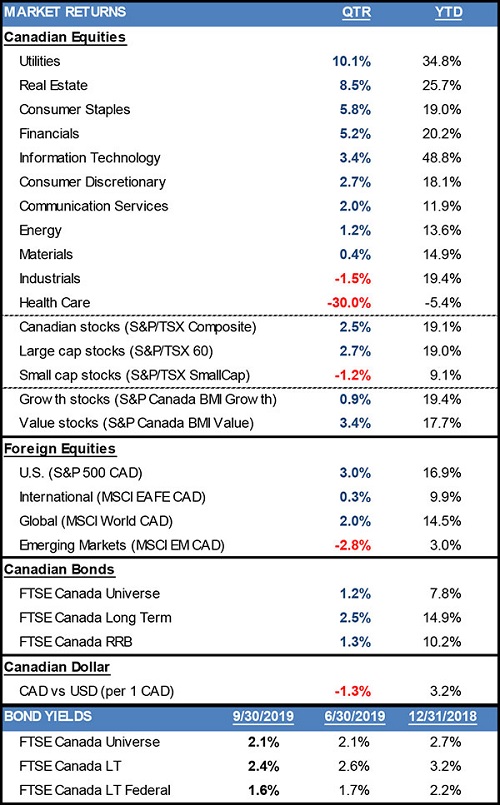Plans did OK during the summer but there could be trouble ahead

Pension plans could be facing some challenges as the low interest rate environment and market volatility takes a bite out of returns.
That’s the warning from Mercer Canada which has just released its latest Mercer Pension Health Index, based on the solvency ratio of a hypothetical plan.
“Most DB pension plans in Canada weathered the storm over the summer and some came out stronger, but there are worrisome signs on the horizon,” said Andrew Whale, Principal in Mercer Canada’s Financial Strategy Group.
The index declined slightly to 105% from 106% in the third quarter of 2019 compared to the previous quarter but was up from the 102% reading at the start of the year.
The median solvency ratio of the pension plans of Mercer clients was at 94% on September 30th, down from 95% on June 30th, and up from 93% at the end of 2018.
Plans have been buoyed by positive equity performance during 2019 and September brought a rebound in long-term rates that prevented a potential 14% decline in the Mercer Pension Health Index at the end of August driven by the lowest yields on long-term bonds in 60+ years. Canadian government long-term bond yields dropped 74 basis points at the end of August, driving a 15% increase in liabilities in 2019.
New strategies
The outlook for the coming years suggests that pension plans may need to adopt new strategies to offset the challenges of ultra-low interest rates and uncertainty in the equity markets.
Plan sponsors could face higher cash and financial reporting costs in the coming years and in addition to any existing deficit funding, a DB pension plan with a typical asset mix could face an increase in its current service funding contributions by 15-20% based on recent decreases in the expected rates of return.
The inverted yield growth in North America along with uncertainties in global economies are adding to the challenges ahead.
“For plans with long time horizons, earning a level of return that will make the plan affordable and sustainable in this environment will require many to think outside the box,” said Whale. “For those plan sponsors with shorter time horizons, now is an opportunity to consider options to further insulate your plans for the chillier days that may lie ahead.”
However, he added that many plan sponsors have maintained the strong positions they held at the start of the year and should be able to use this to embrace new strategies for the incoming challenges.
Investment returns
Mercer’s report shows that a typical balanced pension portfolio would have risen by 2.1% during the third quarter of 2019.
Canadian equity returns were positive in the third quarter. The S&P/TSX Composite Index returned 2.5% with 9 of the 11 sectors posting positive returns with Utilities leading the way, while Health Care dragged.
Canadian fixed income markets rose amidst lower yields for the majority of the quarter, with long-term bonds (2.5%) outperforming universe bonds (1.2%). Real return bonds (1.3%) also rose over the third quarter.
The US equity market returned 1.7% in USD terms (3.0% CAD).
There were also gains for developed market equities with the MSCI World returning 1.7% in local currency terms (2.0% CAD). Emerging markets were negative in both local currency terms (-1.9%) and Canadian dollar terms (-2.8% CAD).
“Policy uncertainty reached new highs in August and resulted in some significant market volatility as investors reacted to market conditions,” said Todd Nelson, Partner at Mercer Canada. “Although bond yields have increased in September following sharp declines in August, the low yield environment is still very prominent.”

Image credit: Mercer Canada



